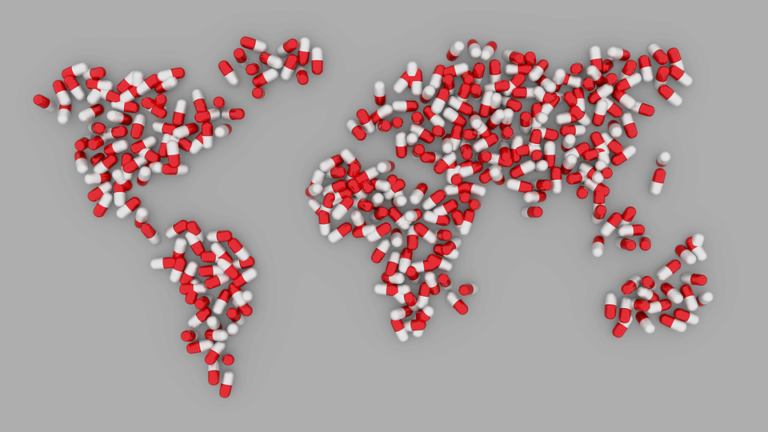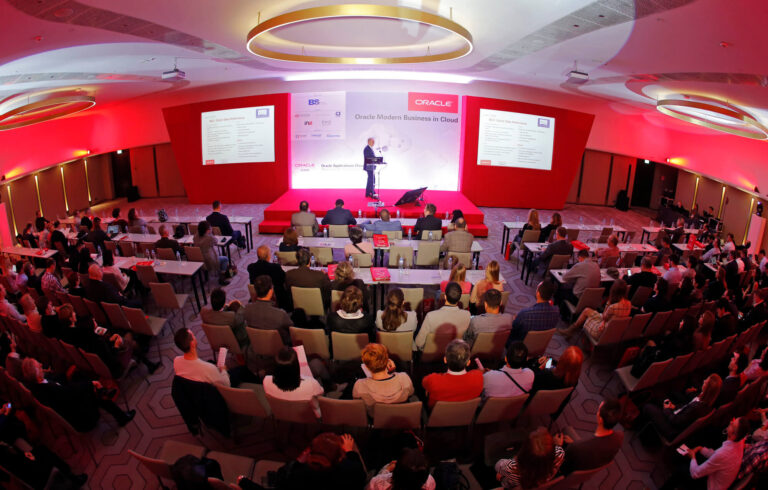Q: Society and media seem to try to convince everyone that men should give women flowers if they’re trying to show affection.
But is that just media-driven fake news in an age of alternative facts? Should I try to come up with some other random gift, like a candle, to show that I’m creative or unconventional?
A: No, dummy.
In the latest issue of the Journal of “No Duh” Science for Idiots*, it was shown that women genuinely like getting flowers, it increases their happiness literally for days, and flowers even result in cognitive improvements in elderly populations.
Furthermore, flowers seem to have special effects that other gifts don’t have. Just buy the dang flowers.
INTRODUCTION
Flowers serve no purpose for humans. At least, that’s the logical conclusion – you can’t eat them and they’re not particularly useful as resources. Some have medicinal value but not most of the popularly-cultivated varieties.
Yet, humans have spent thousands of years cultivating flowers for no purpose other than aesthetics and fragrance.
However, one evolutionary theory suggests that some aesthetic things, like cultivating flowers, are beneficial only because of the positive emotions they generate.
In other words, people were more likely to survive if they stopped to smell the roses – to enjoy the beautiful things in life. This causes positive emotions and those are beneficial to humans in survival.
Additionally, it could be a strategy for the flowers as well. More beautiful flowers are more likely to be cultivated by humans, thus increasing their survival strategy as well!
Some researchers sought to test what exactly the effects of flowers in human behavior might be, and the results were published in the journal Evolutionary Psychology in 2005.
STUDY 1
The researchers first sought to see the effect of giving women flowers. Does it result in genuine happiness, or fake/feigned happiness?
To determine the genuineness of happiness, the researchers explained the difference of various smiles.
“Duchenne smiles” (named after their discoverer, Guillame Duchenne in the mid-1800s) are a type of smile that has been identified in research as a genuine indicator of happiness. It occurs in infants, kids, and adults. It’s characterized by contraction of both the zygomatic major muscle and the orbicularis oculi muscle.
- In plain language, it’s a smile that raises the corners of the mouth, raises the cheeks, AND creates crow’s feet in the eyes. It’s a broad, whole-face smile.
- Non-Duchenne smiles involve only the mouth muscles.
Duchenne smiles seem to be almost hard-wired into human behavior and indicate reciprocal happiness and prosocial behavior.
They were pre-interviewed on various personality traits and demographic characteristics.
147 adult women were recruited in New Jersey and selected for facial expressiveness and broader ranges of emotional responses.
The researchers then went to the Society of American Florists and, after consultation, carefully selected a mixed-flower bouquet that has a variety of colors and odors and is maximally effective in eliciting happiness (as far as they could tell).
They also found some other common gift items:
- A fruit/candy basket
- A large, multi-wicked, fragrant candle
- The participants were told that they would be part of an experiment and that the necessary items for the experiment would be delivered at their home.
- When the items were delivered, the gift (either a bouquet, the sweets basket, or the candle) was presented to the participant, and a second observer rated the participant’s smile.
- Then the participant answered a variety of mood and other questions.
- Three days later, the participant was interviewed again with open-ended questions to determine the effects of the gift.
NONE of the presenters, observers, or interviewers were aware of the purpose of the experiment (so they weren’t biased to see things that weren’t there).
RESULTS:
How many of the participants responded to the flowers with a genuine, Duchenne smile? ONE HUNDRED PERCENT.
An effect doesn’t get stronger than this, folks.
The sweets basket had a 90% success rate and the candle had a 77% success rate.close
Also, this shifted according to age: older people liked the fruit baskets more, and younger people smiled more in general.
In the second interview, only those women in the flower group experienced an increase in positive emotions after 3 days.
Part of the reason for the difference may be that the participants were able to display the flowers in a communal space such as the living room or a dining room, thus boosting their effects over multiple days.
Candles were more likely to be placed in private areas, and sweets baskets disappeared as their contents were consumed.
STUDY 2
Does this effect extend to both men and women?
The researchers sought to replicate the experiment in a different way – in a public elevator.
Some assistants were assigned to stand in a university elevator and wait for an individual to enter by themselves. Randomly, one assistant was instructed to do one of four things:
Present the person with a single daisy out of a basket of flowers. The basket had a sign on it that said “Free Flowers/Gift! The Society of American Florists Supports of Random Act of Kindness Day! People will be receiving flowers/gifts at random, on the elevator. You can pass on the kindness!”
Hold the basket of flowers but don’t give the person one.
Present the person with a ballpoint pen with the university logo on it out of a basket (this basket didn’t mention the Society of American Florists).
Do nothing.
Then, the individual’s response was measured and noted by the second assistant.
122 individuals were recorded for this study (around half male/female).
RESULTS:
The individuals who received flowers exhibited the highest levels of positive social responses (remarks, gestures, facial expressions) of any group.
This was the case for both men and women, but women especially.
In fact, women who were given a flower showed the highest positive social ratings of any other group in any condition.
Unsurprisingly, people who saw the basket but weren’t offered a flower had the most negative response.
STUDY 3
This study replicated these results in a retirement home among seniors.
113 seniors in a retirement home had an interview about their mood and general characteristics. In that interview, they were given either a:
Mixed flower bouquet, like the one in Study 1
A monochromatic yellow bouquet
Or no flowers at all.
A follow-up interview was conducted 2-3 days later.
Some seniors got a second bouquet in the second interview.
Notably, the interviews also included measurements of cognitive ability – specifically, what details about the flowers and general events of the study they could remember. This was a measurement of memory.
RESULTS:
Once again, it was shown that the flowers increased positive mood for the seniors.
Receiving the flowers the second time got a boost in their scores for happiness (lower levels of depressive symptoms).
Notably, those who received flowers had better memories of the event – the flowers seemed to boost their cognitive skills.
CONCLUSION/INTERPRETATION
What can we learn here?
The flowers effect isn’t a myth. Women love flowers. It’s a genuine reaction, it may have evolutionary roots, and flowers seem to be better than some other common gifts in eliciting this response.
But that’s not all – this effect works for both men and women, AND seniors.
For seniors, the flowers even gave them a boost in their cognitive skills – specifically, episodic memory.









